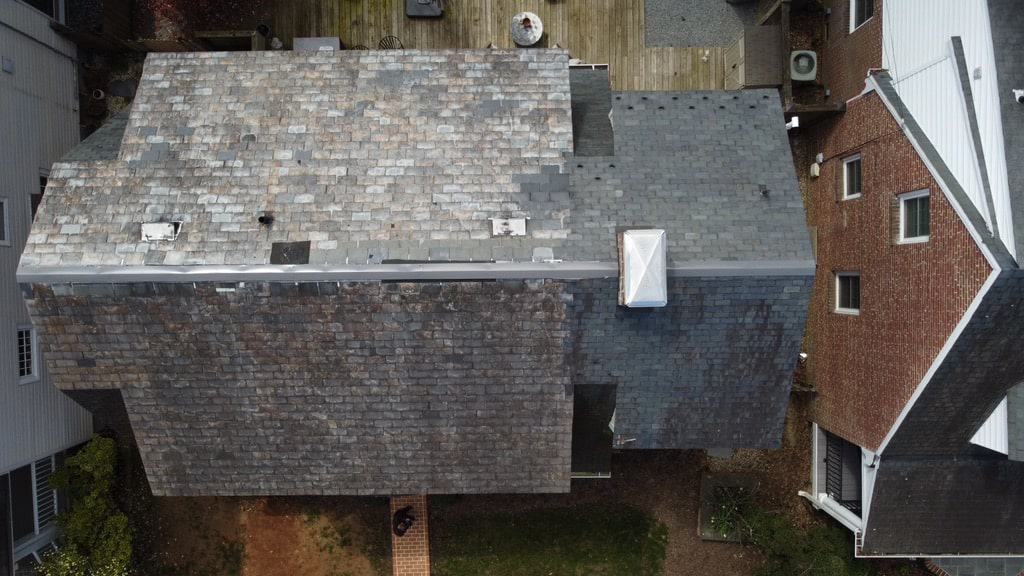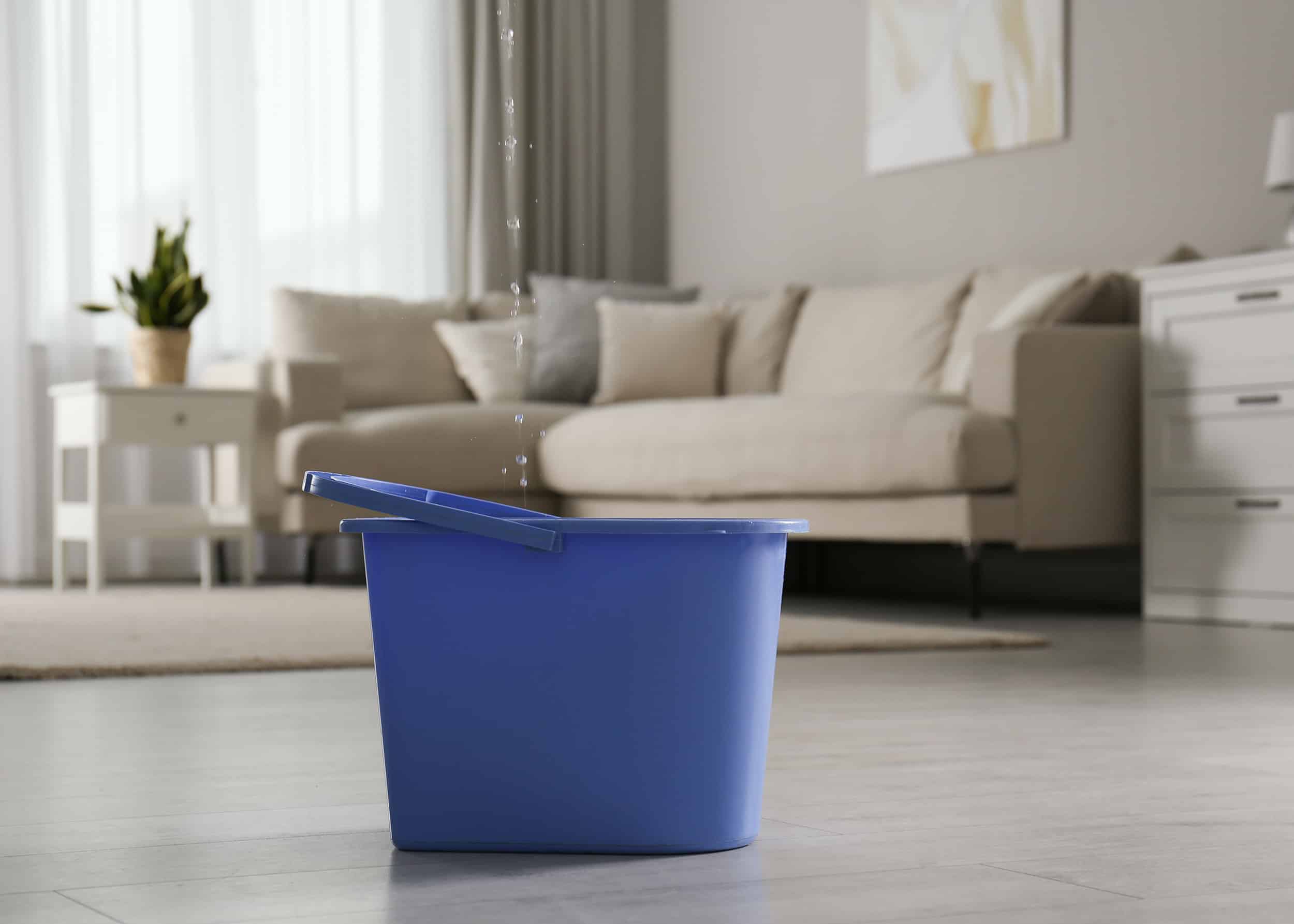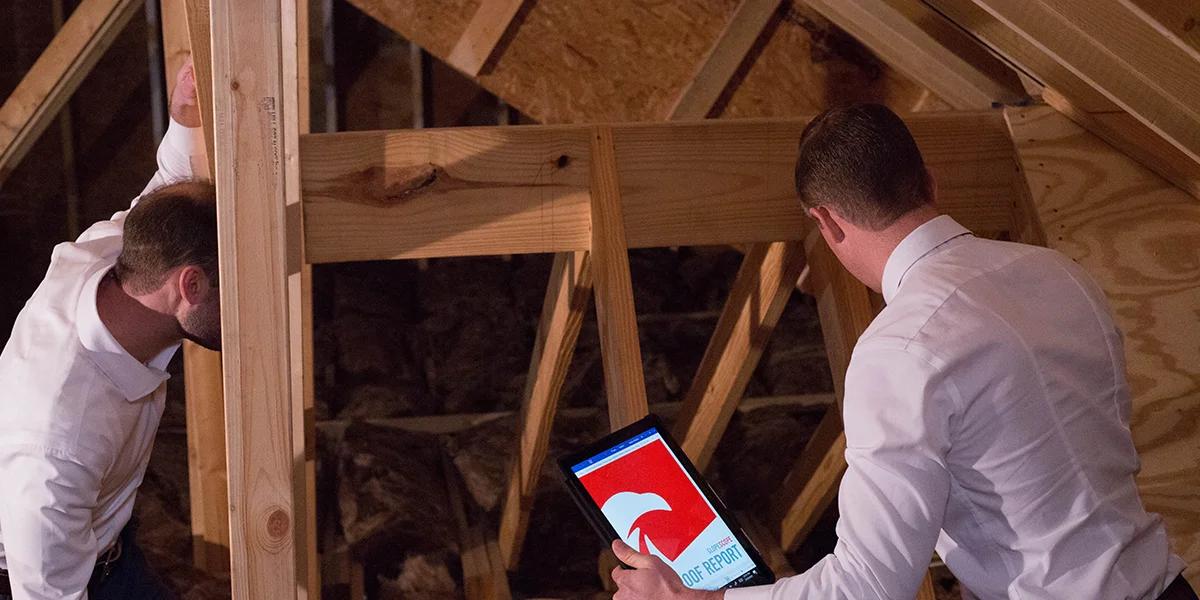As a homeowner, protecting your roof from the impact of severe or extreme weather conditions is crucial to ensure the safety, security, and longevity of your home. Understanding how UV rays, severe winds, hail, and extreme temperatures can damage your roof can help you take proactive measures to maintain and protect your roof.
Regular inspections, maintenance, and repairs can help ensure that your roof is functioning effectively and protect your home from potential water damage and other issues. It is important to work with a professional roofing contractor to ensure your roof is in good condition and prepared for any severe weather conditions.
UV Rays
UV rays from the sun cause the most damage to a roof over time. The sun can impact the roof visually, causing the color of the shingles or roofing material to fade and discolor over time, making the roof look older and less attractive. UV rays can cause the shingles to become brittle and crack, which can reduce their effectiveness in protecting the roof. This can lead to premature aging and deterioration of the shingles, requiring roof repairs or replacement sooner than expected.
The sun can also cause the roof membrane to become brittle and crack, which can lead to water infiltration and damage to the underlying structure. UV rays can also impact the energy efficiency of the roof. A roof that is not properly insulated can allow heat to enter the building, making it harder to keep the interior cool and comfortable.
Severe Winds
Severe winds can have a significant impact on a roof. The high winds can cause shingles to lift or become completely torn off, exposing the underlayment and creating an entry point for water. This can lead to water damage and mold growth inside the home, as well as compromise the structural integrity of the roof.
In addition to shingle damage, severe winds can also cause damage to other parts of the roof system. The flashing, which is the metal material that is installed around roof penetrations like chimneys or vents, can become damaged or completely torn off during a severe wind event. This can also create an entry point for water and cause leaks inside the home.
Strong winds can cause damage to the gutters and downspouts, which are critical for proper drainage of rainwater from the roof. The high winds can rip gutters and downspouts from the home or cause them to become detached from the roofline. This can lead to water damage to the siding or foundation of the home, as well as create potential safety hazards on the ground.
Hail Damage
Hail is another severe weather condition that can impact your roof. Even small hailstones can cause damage to shingles, leading to granule loss, cracks, and dents. Over time, this damage can compromise the effectiveness of your roof’s protective layer and cause leaks.
Hail damage may not be immediately visible to the untrained eye. The size and velocity of hailstones can vary greatly, ranging from small pea-sized hail to large grapefruit-sized hailstones, with wind speeds reaching over 100 miles per hour.
The impact of hailstones can cause dents or dings on shingles, which can weaken their protective granular surface, exposing the asphalt layer underneath. This can cause premature aging and damage to the shingle, reducing its overall lifespan. The loss of granules can lead to accelerated wear and tear on other parts of the roof system, such as the flashing, vents, and gutters.
In addition to visible damage, hail can also cause hidden damage to the roof structure. Hailstones can cause cracks or punctures in the shingles, which can lead to water infiltration and rot in the underlying decking, as well as insulation and interior structures. This can lead to leaks and moisture damage, compromising the structural integrity of the roof over time.
If left untreated, hail damage can result in expensive repairs or even require a complete roof replacement. A professional inspection can identify any damage to the roof structure or potential leaks, ensuring that the roof is properly repaired and protected for years to come.
Extreme Temperatures
Extreme temperatures, whether high or low, can impact a roof over time. Extreme temperatures can cause the materials used in the roof to expand or contract, depending on whether the temperature is high or low. This can cause the materials to shift or move, leading to cracks and gaps that can allow water to enter the roof and cause damage.
High temperatures can cause shingles to curl, crack, or blister, which can reduce their effectiveness in protecting the roof. This can also lead to premature aging and deterioration of the shingles, requiring repair or replacement sooner than expected.
Low temperatures can cause the roof membrane, such as rubber or PVC, to become brittle and crack, which can lead to water infiltration and damage to the underlying structure.
In areas with cold temperatures and frequent snowfall, ice dams can form on the roof, which can cause significant damage to the roof and structure. The melting snow can re-freeze along the edges of the roof, creating a barrier that prevents water from draining properly. This can cause water to back up under the shingles, leading to leaks and damage to the roof and structure.
Extreme temperatures can also impact the energy efficiency of the roof. A roof that is not properly insulated can allow heat to escape in the winter, leading to increased energy costs. In the summer, a poorly insulated roof can allow heat to enter the building, making it harder to keep the interior cool and comfortable.
It is important for homeowners to understand the impact that severe weather can have on their roof. Severe weather can have a significant impact on your roof. While roofs are designed to withstand various weather conditions, homeowners need to take appropriate measures to ensure their roofs’ longevity and effectiveness. Regular inspections, maintenance, and timely repairs can help prevent costly damage and repairs.




